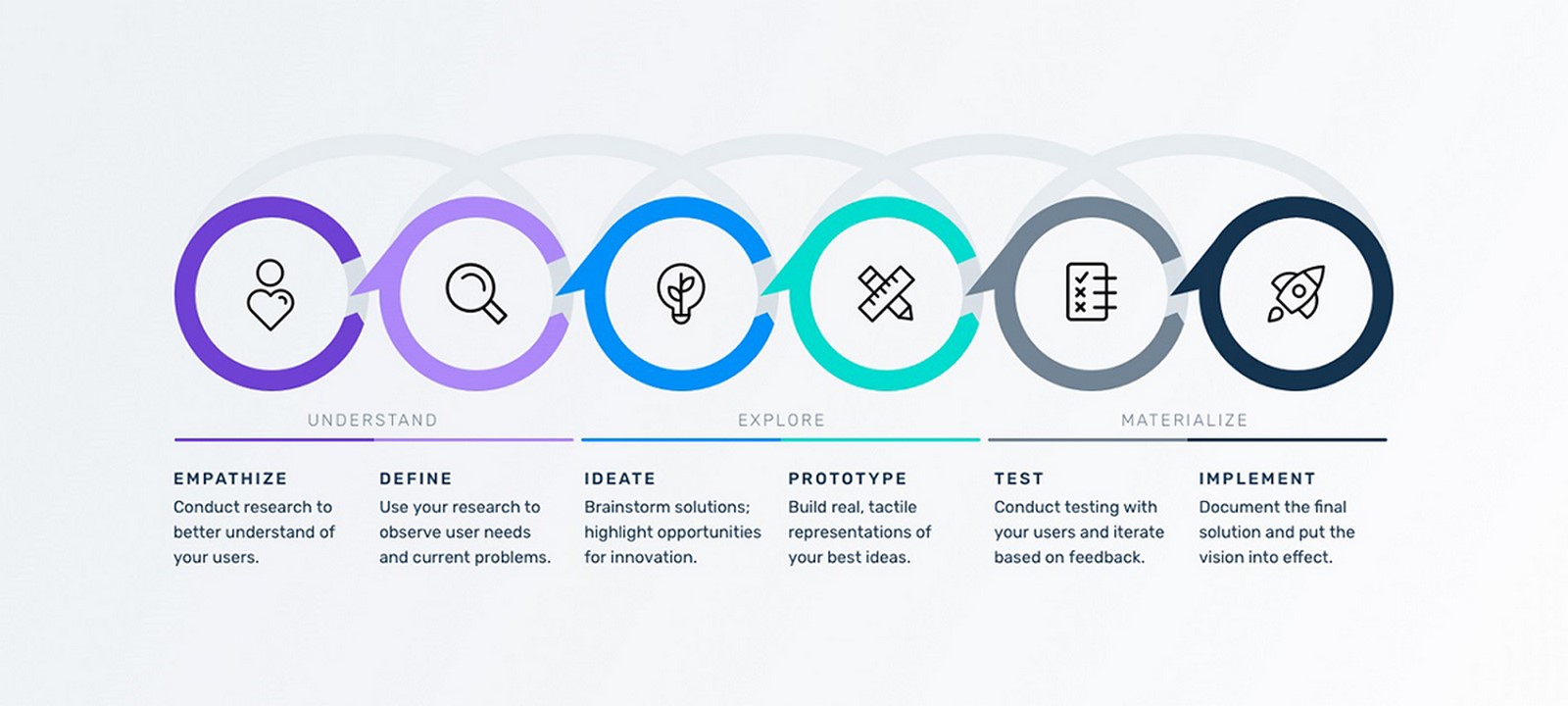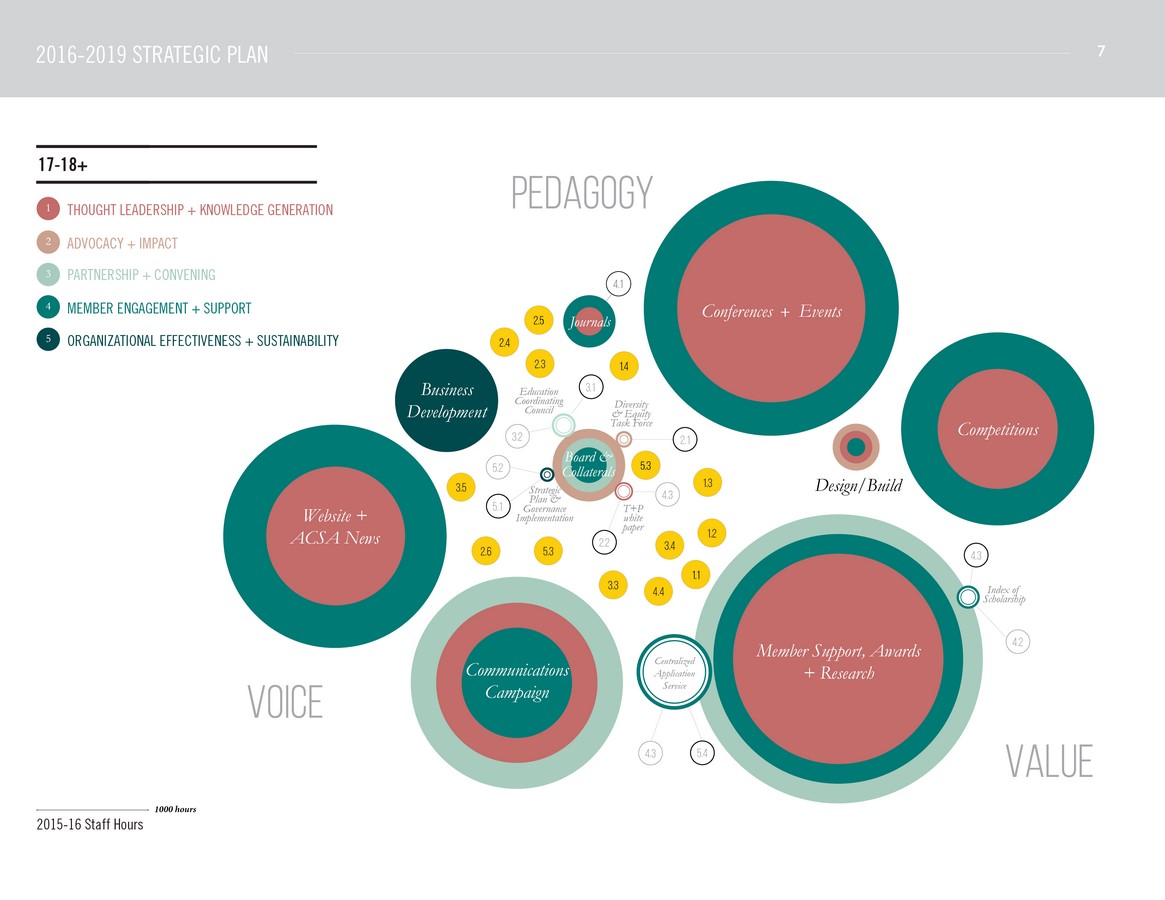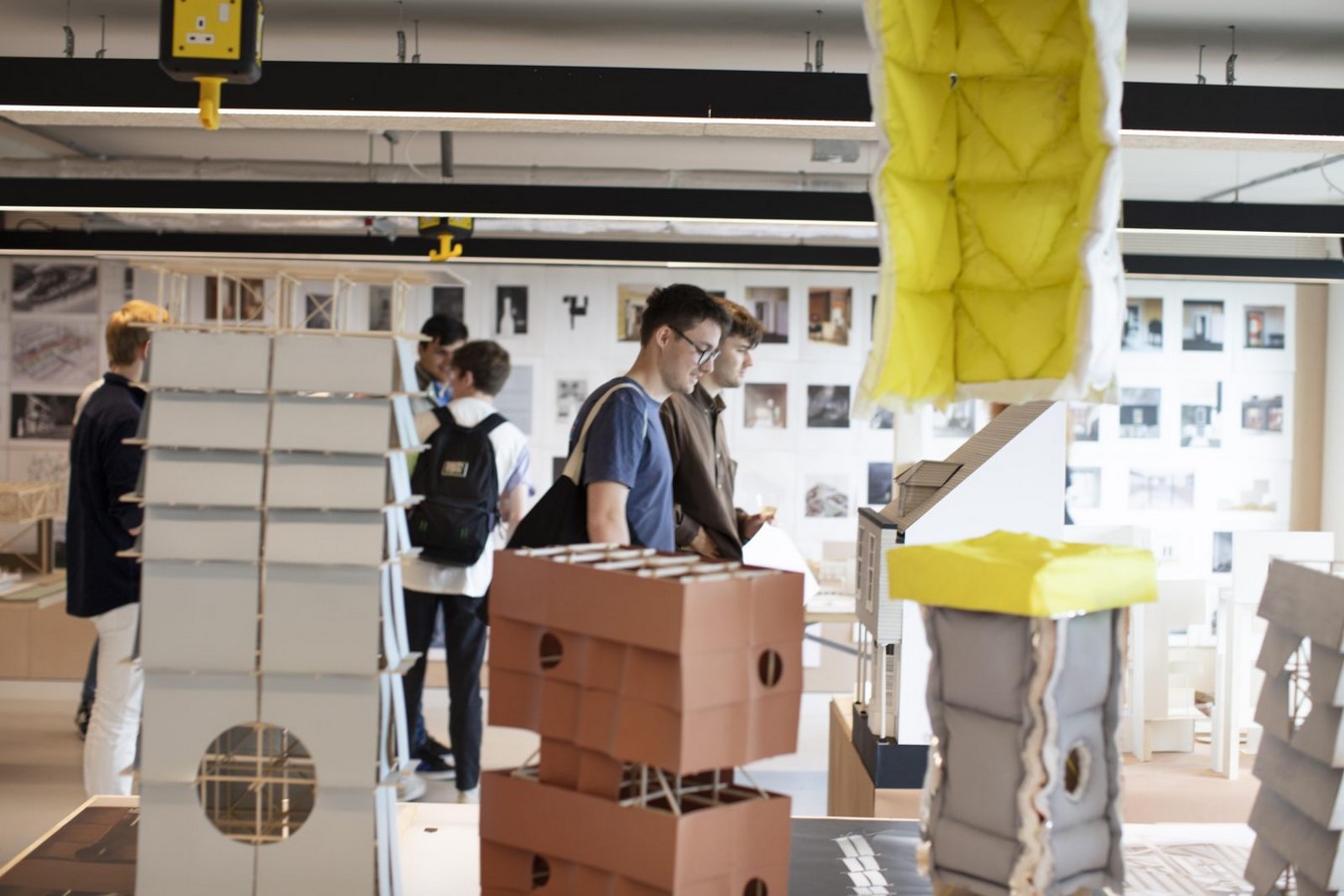The significance and pervasiveness of ethical education in the design studio. Once concentrating on the educational technique in certain critical research and distinguishing between morality and ethics. There are two types of relationships between architectural education and moral and ethical dilemmas.
Educational ethics maintain their position in individuals while also being inherent to the activity of design education.
Nowadays, it is extremely popular to criticise the postmodern situation for being primarily concerned with the aesthetic component of creativity. Architecture seems to have marginalised the subject of the architect’s duty, particularly over the previous “three decades of postmodern, poststructuralist, and deconstructive experimentation.”

Ethics In Architecture
Ethical words are frequently used in architecture to define, criticise, or evaluate architectural activity. For example, one can discuss the contentious building of the Scottish Parliament in Edinburgh, designed by Enric Miralles, using terms such as good and bad architecture, architectural lies, corruption in the profession, and unethical points of view; one can also raise issues of consistency, truth, purity, obligations, things that architects are supposed or are expected to do and should do; issues of exclusion and inclusion, ignorance and arrogance of the building, respect for the building, and r The example describes ethics and it is very common among architects when they describe their work.

Although the terms are used interchangeably in ordinary life and academia, several notable philosophers have attempted to establish a distinction between morality and ethics.
Ethics is the unconscious examination of the conventions, dispositions, or principles by which an individual is influenced in daily life actions that are recognised as desirable.
Architects’ interactions with customers, society, and other professions are all part of their ethical responsibilities. It also encompasses architects’ obligation to guide the globe into the future.
Architecture education may serve as a bridge between people and the community in terms of ethics. A first professional degree in architecture is required for students to become licenced architects. The National Architectural Accrediting Board has approved these degrees (NAAB). A 5-year undergraduate degree or a 3-year graduate degree are typical NAAB-accredited degrees.
The theory of ethics has varied aspects in design practice, which when addressed lead to general conclusions about any undertaking. To solve this specific concern, we must examine how we design. The influence of technology on the Indian setting is still sluggish, and one is unable to discover remedies or rationalise present socio-environmental and cultural concerns and systems.

Architecture Education in the Digital Era
Modernism, or the modern movement, and architectural criticisms pursue their agendas at the expense of the people for whom they are intended. Intervening in the lives of people in a good way is one of the primary principles of architecture: one would not want any activity that does not produce new substantial possibilities of observing the world, residing with ease, and producing outcomes in new conceivable ways.
Architecture is a technologically advanced profession. It employs technology in both the design and production processes. It is considered that digital computer technology has a significant influence on architectural design, architectural education, and architectural practice. Among other uses, image architecture, digital simulation, and virtual sceneries have progressively become progressive architectural design words. There is a need for architecture education to adapt to such shifts.
The demand for a framework to integrate computer applications with architectural curricula has grown in response to the fast development of computer applications in the architectural profession. As a result, it became necessary to investigate the influence of computer integration on architectural schools while also investigating the demands of the architecture profession to assist an inefficient framework for architectural education.

Ethics and Education in Architecture
Integrating ethics is critical in the ever-changing context of architecture education. Architects have a tremendous impact on the built environment, which affects social well-being, economic structures, and environmental health. As a result, recognising the ethical consequences of design decisions is critical.
Professional Conduct:
Architects are in a position of public trust. Customers, end-users, and society as a whole entrust architects with the task of developing structures that are safe, practical, and aesthetically beautiful. Case studies of professional misconduct in education, examining where things went wrong and how they may be prevented.
Role-playing and simulations in which students face ethical quandaries such as conflicts of interest, budgetary limits, or client demands that jeopardise project integrity. Seminars or guest lectures by practising architects, attorneys, or ethicists on real-world issues and solutions.
Social Responsibility:
Importance: Architects have a unique power to shape society standards, foster community involvement, and promote diversity. Designs can help or hurt social cohesiveness, accessibility, and equality.
Studio projects emphasised community-centred design, ensuring that students comprehend and prioritise the needs and goals of the communities they serve.
Social and cultural history courses help students comprehend the influence of design on various people and civilizations. Field visits and immersion experiences in a variety of socioeconomic contexts build empathy and awareness of a wide range of needs.
Ethical Design Practices:
The constructed environment has a large influence on the natural world. Ethical design principles enhance sustainability, decrease waste, and protect the environment.
Courses on sustainable architecture and green building standards are being integrated into education. Workshops on the most recent eco-friendly materials and construction techniques.
Passive design, net-zero energy use, and climate adaptability are all emphasised in design studios. Adaptive reuse and retrofitting projects highlighted the ethical considerations of maintaining old structures against new builds.

Challenges and Opportunities:
Difficulties include balancing the academic and practical components of ethics in an already overburdened curriculum.
Challenging the myth that ethics is a “soft” issue or that it is subordinate to technological skills.
Collaboration projects with students from different disciplines, such as urban planning, sociology, or environmental science, to investigate multifaceted ethical dilemmas.
Working with local communities, non-governmental organisations, and governmental authorities to solve real-world issues, providing students with hands-on experience with ethical decision-making.

Conclusion
Architecture ethics and education are inextricably linked. Architects, as the custodians of the built environment, must be educated not just in technical skills but also in the larger socioeconomic and environmental ramifications of their work. Only by integrating ethics into architecture education will professionals be prepared to handle the varied issues of the twenty-first century.
Reference
(No date) (PDF) Architectural education in the Digital age – researchgate. Available at: https://www.researchgate.net/publication/334722878_Architectural_education_in_the_digital age
Ostwald, M.J., Williams, A., Learning, A. and Council, T., 2008. Understanding architectural education in Australasia. Sydney, Australia: Australian Learning and Teaching Council.
Anthony, K.H., 2002. Designing for diversity: Implications for architectural education in the twenty-first century. Journal of Architectural Education, 55(4), pp.257-267.
Tzonis, A., 2014. A framework for architectural education. Frontiers of Architectural Research, 3(4), pp.477-479.
Boyer, E.L. and Mitgang, L.D., 1996. Building Community: A New Future for Architecture Education and Practice. A Special Report. California Princeton Fulfillment Services; 1445 Lower Ferry Road, Ewing, NJ 08618.
AI – DETECTOR
















